PLUMB the riches of the Baroque period in this year’s 48th International Bamboo Organ Festival to be held on Feb. 23 to March 4 at Saint Joseph
Parish Church in Las Piñas. After going online in 2021 and 2022 due to the pandemic, the much-celebrated event will now showcase live performances in various venues.
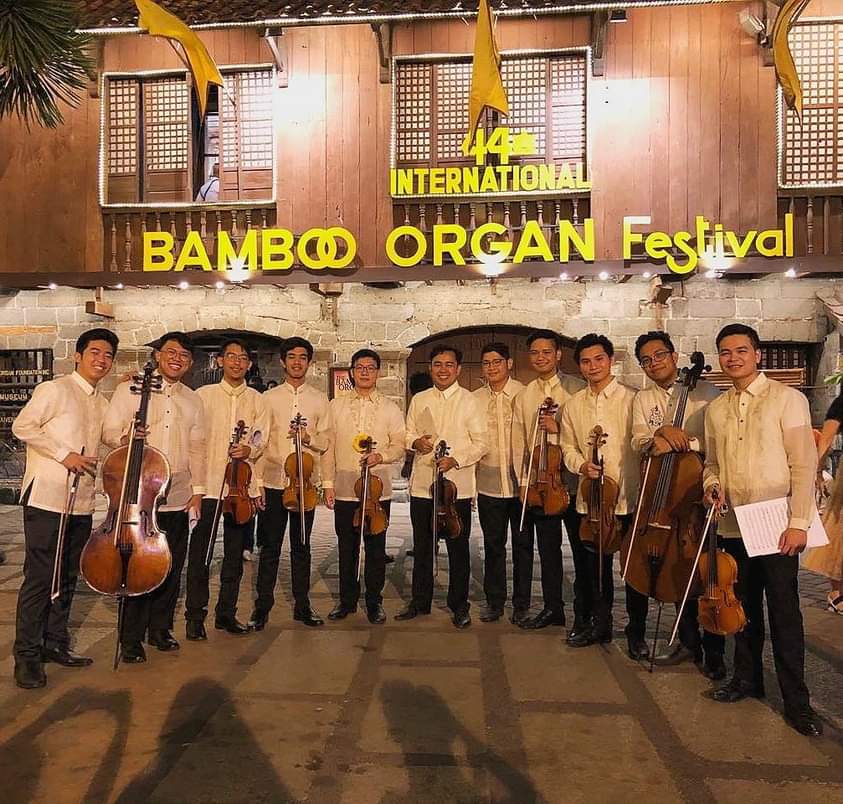
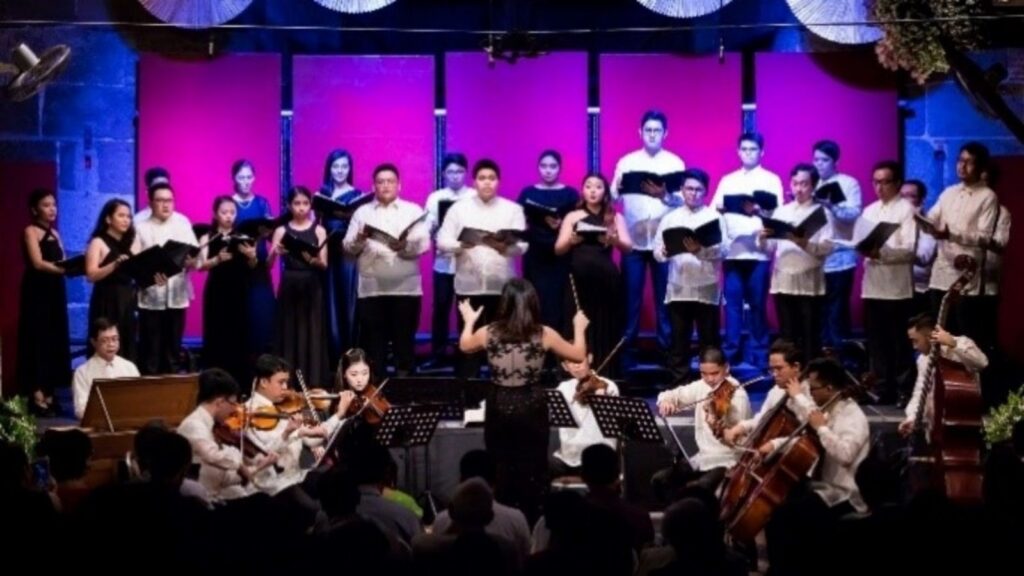

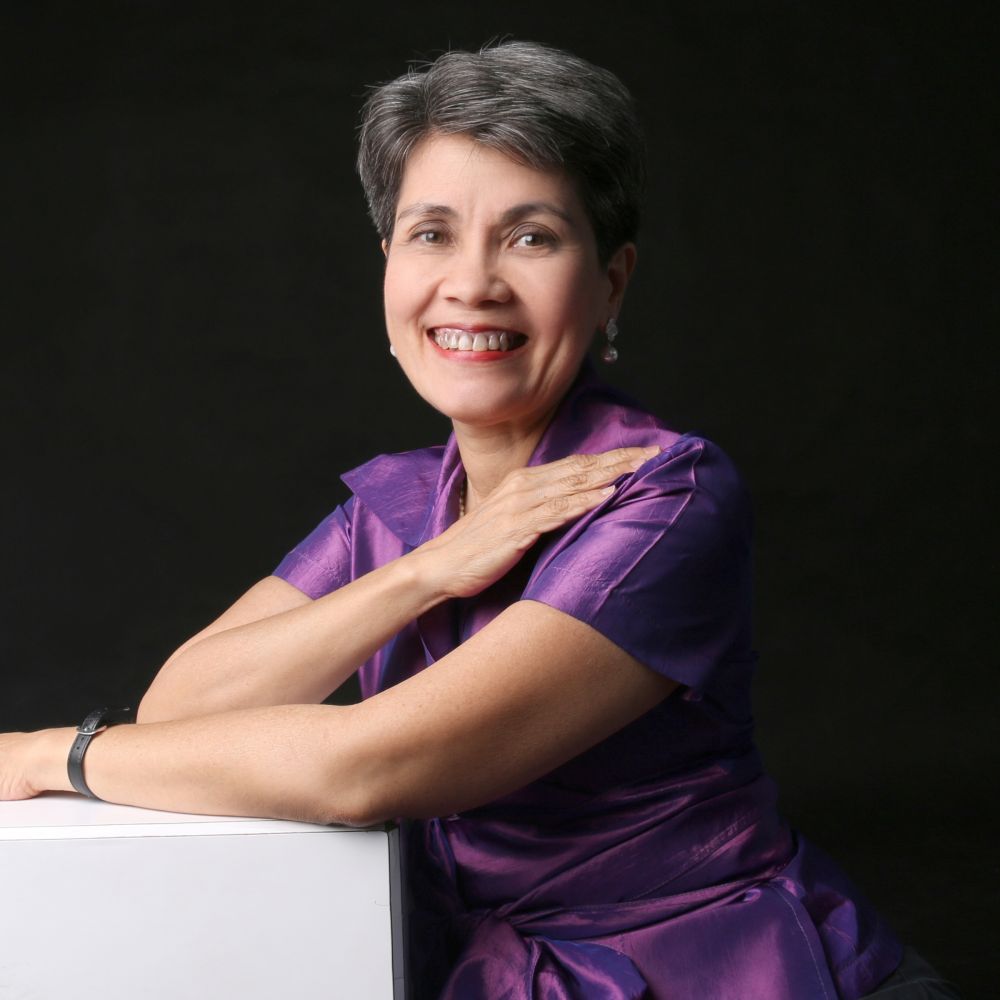

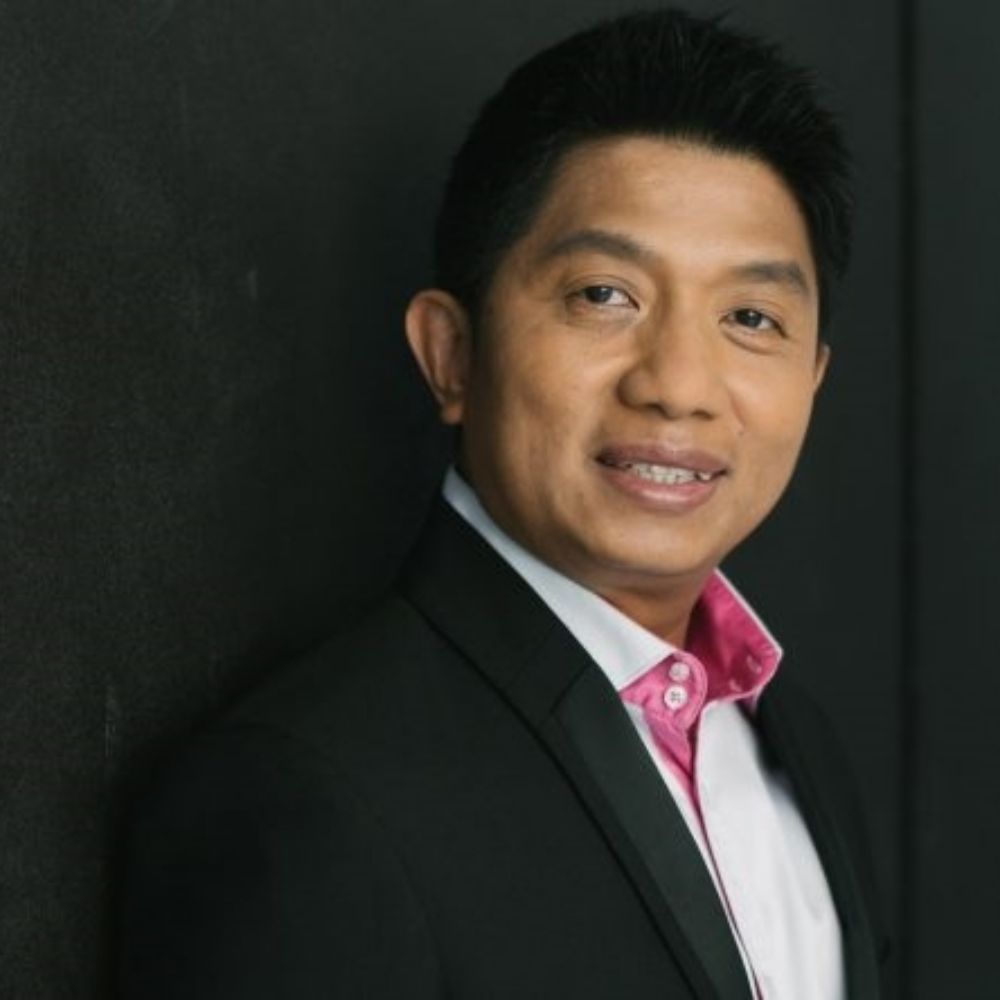
The 10-day festival opens with an invitational gala night on Feb. 23. On Feb. 24-25, at 8 p.m., experience Baroque Music from Europe and Latin America at the Bamboo Organ Church in Las Piñas. It will feature Eudenice Palaruan (conductor), Armando Salarza (organ), Raphael Leone (piccolo, Austria), Carolyn Kleiner-Cheng (harpsichord), Collegium Vocale Manila and Manila Baroque Ensemble.
Festival Mass will be held on Feb. 26, 4 p.m., with free admission at San Ezekiel Moreno Oratory (SEMO), Las Piñas. The Las Piñas Boys Choir will perform with Luc Ponet (Belgium) and Salarza on organ.
An Organ Recital by Ponet and Leone will be staged on Feb. 27, 8 p.m., at the Bamboo Organ Church and Johann Trummer Auditorium of St. Joseph’s Academy (SJA) in Las Piñas.

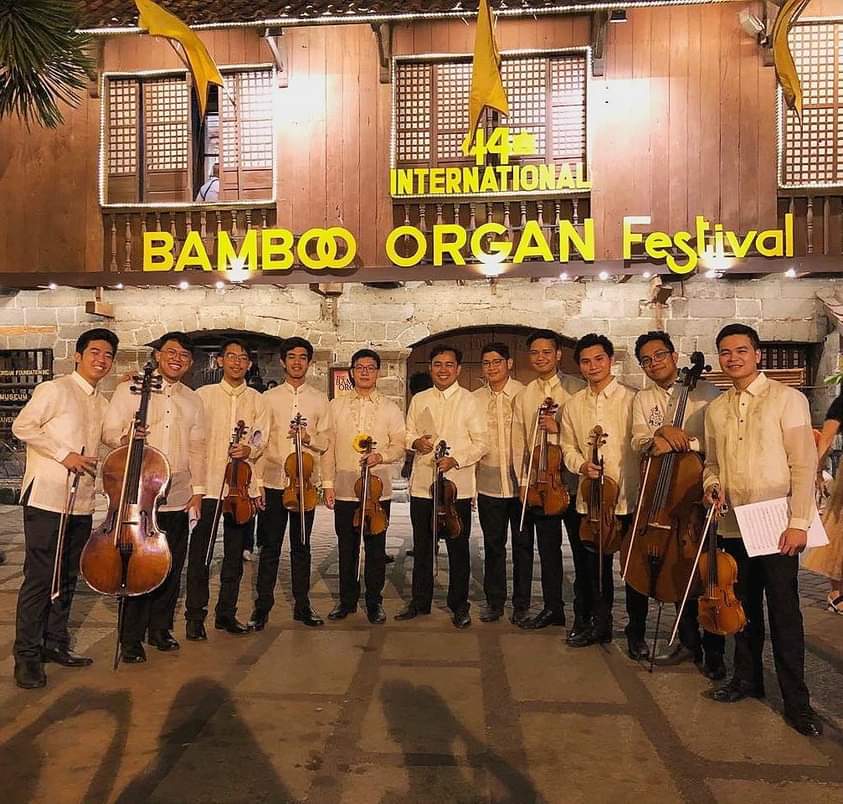
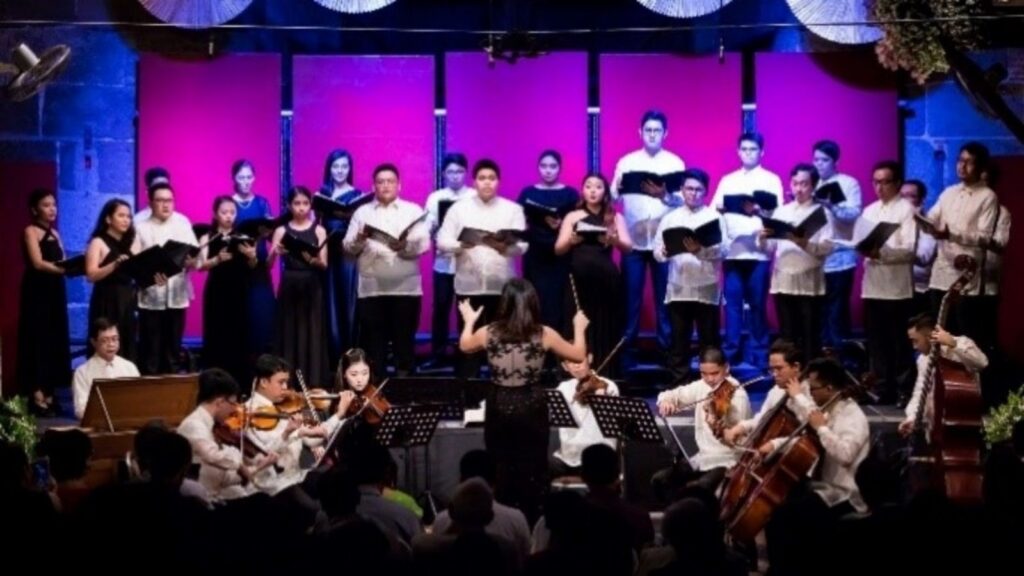
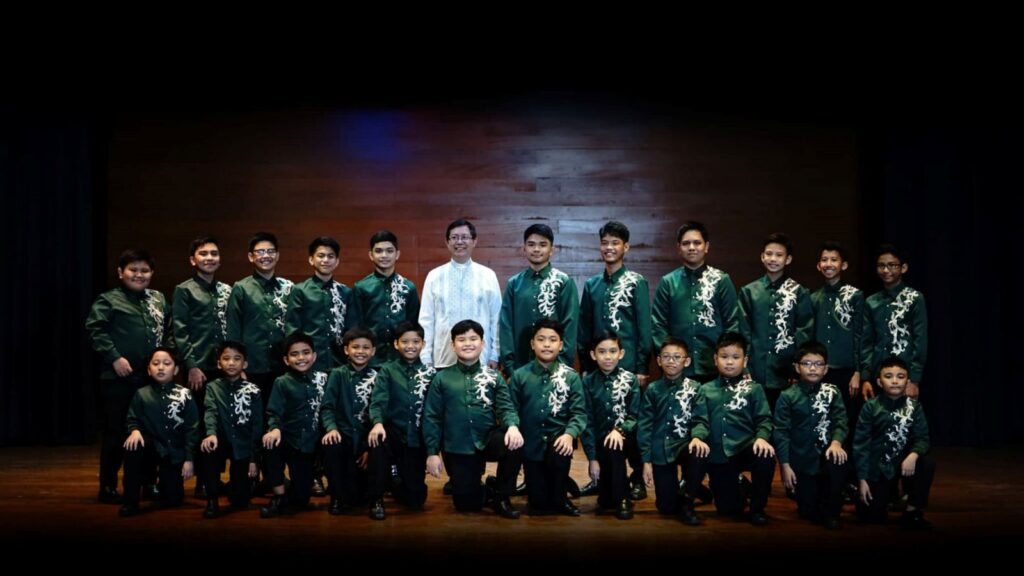


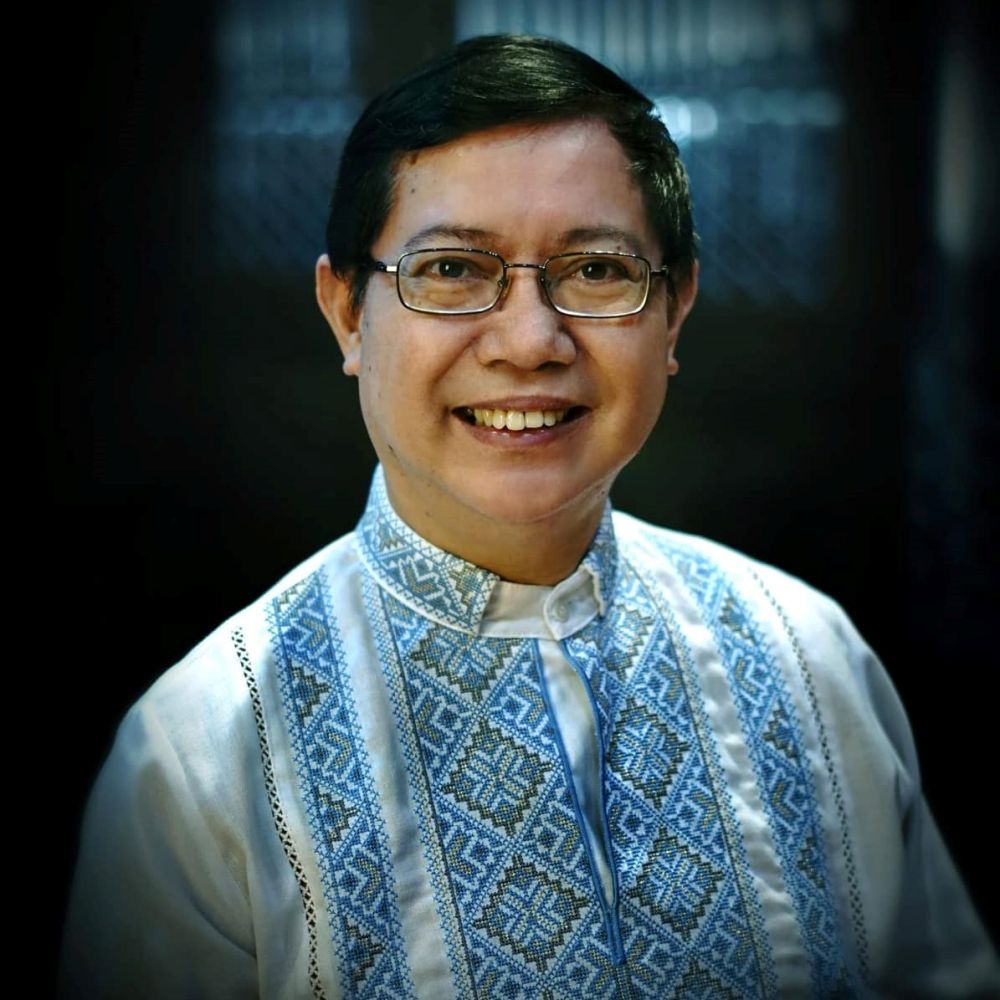

St. Matthew’s Passion by J.S. Bach (excerpts Part I) will be held on March 2, 8 p.m., at SEMO, Las Piñas, and March 4, 7:30 p.m., at St. Scholastica’s College Chapel, Manila. Performers include Beverly Shangkuan-Cheng (conductor), Armando Salarza, Stefanie Quintin-Avila (soprano), Ryan Arcolas (altus), Ervin Lumauag (tenor), Collegium Vocale Manila, Las Piñas Boys Choir and Manila Baroque Ensemble.
Ponet will hold an Organ Recital on Feb. 25, 7:30 p.m., with free admission at San Beda Church, Mendiola, Manila and on March 2, 5:30 p.m., at Santiago Apostol Church, Betis, Guagua, Pampanga.
A lecture on Music and Organ Culture in the Philippines During the Spanish Era will be given by Dr. David J. Kendall (guest professor of music at the University of Santo Tomas), on Feb. 25, 5 p.m., at Johann Trummer Auditorium of SJA. Festival ticket holders for Feb. 25 can attend this lecture for free.
Star of the festival
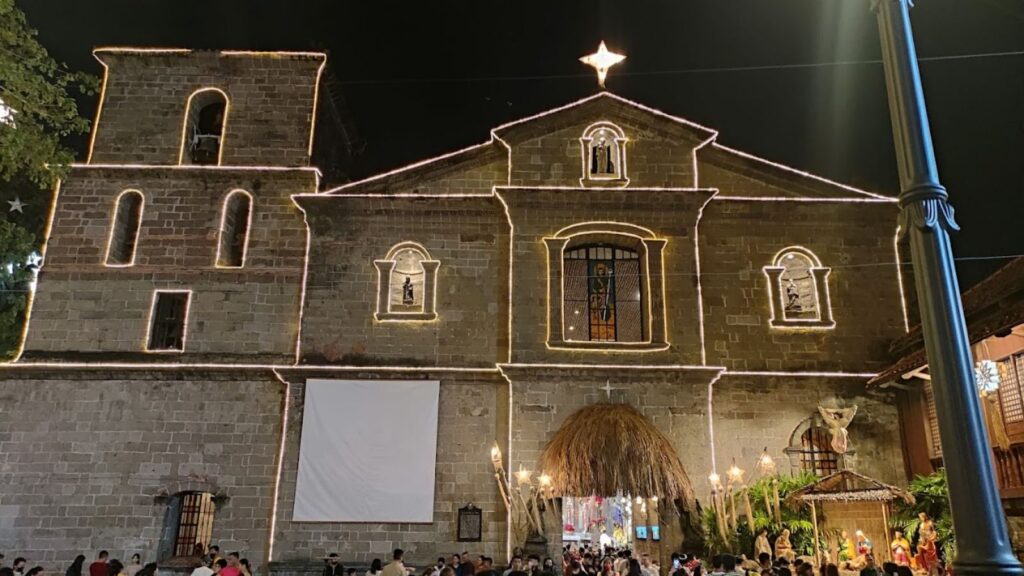
The 204-year-old bamboo organ in Saint Joseph Parish Church (also known as Las Piñas Church or Bamboo Organ Church) is the centerpiece of the international music festival. Said to be the oldest and most complete in the world, it has survived time, storms and wars.

“Since the restoration of the bamboo organ in 1975, we have been celebrating the gift this instrument has been to Las Piñas, giving an identity to the city and the country, protecting our national organ patrimony which is unique in Asia,” said Leo Renier, executive director of the festival, in a newspaper interview.
“If you study the history of the bamboo organ, Fray Diego Cera built the instrument in 1816 and built a lot more bamboo organs in Baclayon in Bohol, Argao in Cebu, Loay in Bohol, Dimiao in Bohol, and Loboc in Bohol, and just recently, we have learned that they also built some in Santo Tomas, Batangas. This reflects the rich history and culture in music of the Filipinos, as the instrument survived the Spanish era,” Renier shared.
“More than anything, the International Bamboo Organ Festival is a celebration of the Filipino musical heritage, history, and culture.”
The organ, which is about 5 meters (17 feet) in height and 4 meters (13 feet) wide and occupies a portion of a wall on the left side of Las Piñas
Church, produces clear, flute-like sounds through its 902 bamboo and 129 metal pipes. By pulling different knobs, an organist can make the instrument produce distinct sounds, which one player said was like calling on different members of an orchestra one after another.
“I started playing piano when I was seven years old. I was introduced to the bamboo organ at nine years old. And had my first public performance at 11,” said Salarza, the festival’s artistic director and resident organist. “It was very different for me at first, because when you press a key in a bamboo organ, the harmony sustains for a long time, unlike with piano that you need to step on the sustaining pedal so the sound would prolong. With the bamboo organ, the harmony sustains beautifully, which is just perfect for church hymns. So playing these two very different musical instruments requires separate and unique techniques.”
The bamboo organ, which was completed in 1824, trumpeted its return to the musical world in 1975 after more than a year of restoration in Bonn,
Germany. Organ builder Hans Gerd Klais and Wolfgang Ohms, organist of the Trier Cathedral, who gave a concert in the spacious Klais Atelier, agree that the bamboo organ is more than a curiosity.
“The sound is dynamic, rich and powerful,” Ohms said in an interview with the New York Times in 1975. “I have never heard anything like it.”
The instrument was virtually unplayable when Klais dismantled it and shipped it to Bonn in the fall of 1973. The organ builder emphasized that the instrument sounds just the way it was designed to sound by Fr. Diego Cera, the builder of the town’s stone church and its first resident Catholic
parish priest.
Dedicated to Baroque music
The first bamboo organ festival in 1976 was sponsored by the Cultural Center of the Philippines and highlighted Filipino artists. Since its 43rd
anniversary, it has grown into a full international music event.
Renowned overseas musicians receive minimal pay to attend the event, which serves as a forum for musicians and a training ground for local talents.
Several former members of the Las Piñas Boys Choir have gone on to pursue international careers in music and organ building after training in
Europe.
Salarza is a product of the boys’ choir and has played the bamboo organ since he was 11. After high school, he was sent on a scholarship to study
music at Graz in southeastern Austria. He did his post-graduate studies in Vienna but came back in 1992 to share his talent with the younger
generation in his hometown.
“It’s the only place in the Philippines where you hear this kind of music and with this kind of interpretation,” said Salarza, a professor at the University of the Philippines, St. Scholastica’s College of Music and Manila Cathedral-Basilica Institute of Liturgical Music.
Throughout its existence, the festival has been dedicated mainly to Baroque music, which preceded classical, because the bamboo organ was built as a retro-18th century Iberian-style instrument.
Salarza said such music is seldom introduced in Philippine schools, with popular music most often heard in public places and on the airwaves. The challenge, he said, is to educate and expose children to it.
“The only accomplishment we always want to achieve, and could be and have been proud of all these years, is when we inspire new talents to learn the bamboo organ, especially since it represents a very special part of the Filipino musical heritage and history,” Renier said. “We hope that through the festival, we continue to sustain the legacy of the bamboo organ.”
A Philippine national treasure, the bamboo organ is the pride of every Filipino. It’s the country’s link to the world’s musical culture. Its
popularity, and undoubtedly the patronage of the people, is the main reason the festival has lasted for the last 48 years.
For festival tickets and other inquiries, visit the Bamboo Organ Foundation office, P. Diego Cera Avenue, Brgy. Daniel Fajardo, Las Piñas; call
8200795, 8257190, 0999-508-7838; email bambooorganfoundation@gmail.com; visit www.bamboo-organ.com.
Para sa reaksyon o komento at tanong mag-email sa admin@pinoypubliko.com





